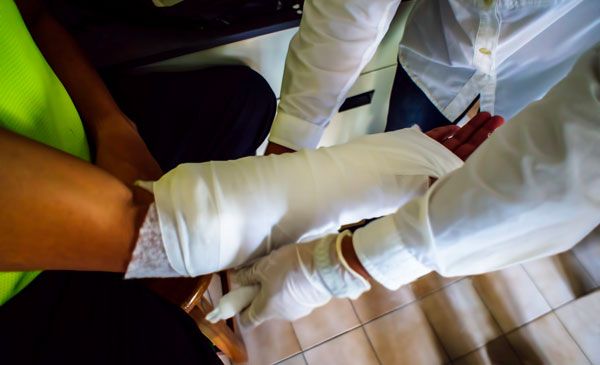
When we curlies are faced with what to do with our hair post-wash, sometimes dryers can seem daunting.
Not only is heat damage a clear and present danger, there are also heatless choices aplenty. Heatless options can run the gamut from t-shirt plopping to letting the elements take care of the situation, keeping the threat of blowdry-breakage at bay. Honestly, yours truly has yet to fully trust anyone but her mother behind the dryer handle.
Fortunately, finding a way to dry and style your curls without incurring lasting lock loss is more than possible. Make sure you have the right heat protectant to start.
Watt you really really want!
While everyone seems to think the power of a hair dryer rests solely in how hot it can get, there’s definitely more to it than that.
The true measure of power is the wattage, i.e., the measurement of how much literal power the dryer is heating AND blowing with. Knowing this, you will want to weigh the difference in watt capabilities over just straight temperature as you’re researching.
Think of it like this: Getting a blow dryer with high heat but less wattage is going to be like getting a radiator for your hair as opposed to a central heating system. Sure, you could fry an egg on the radiator like you can in front of the AC vent, but ultimately, what’s going to heat your house faster?
Bringing things away from the metaphor back to the case at hand—keeping a less powerful stream of air on your hair for a longer time is ultimately going to be much more damaging than one blowing with more force at a few degrees cooler. Sometimes you need your hair tools to work harder, not hotter… although of course, there’s nothing wrong with having it both ways.
Material World
As far as internal components go in hair dryers, the 3 key materials you’ll come across are:
- Ceramic – Ceramic dryers emit the gentlest infrared heat. They also heat evenly and are cost effective.
- Tourmaline – Tourmaline components are coated in ground crystals that emit negative ions when heated which add shine, allowing for more heat with less damage, and keeping frizz at a minimum.
- Titanium – Titanium dryers work the hottest and fastest, making drying a quick and easy process for thicker and denser hair.
Pro tip:
The best way to find what’s right for you is to judge your style needs and what your hair can handle based on its unique structure.
Attachments Theory
Popular attachments include diffusers, concentrators, brushes, and combs—and most dryers will come with at least one of them.
Diffusers and concentrators work opposite jobs—spreading out and focusing the heat of your dryer respectively—to either quick-dry for more high-volume bouncier curls or heat-blast more specific sections to combat frizz. Combs and brushes help to style and detangle though for densely coiffed Type 3s and 4s, they’re best used in secondary roles after a good round of more hands on maintenance with a manual tool to prevent hair breakage and tool breakage… and arm breakage…
What’s your Type?
When you’re out or in-at the computer-dryer buying, it’s tempting to get drawn to the biggest, baddest bells and whistles you can find. After all, your hair is an investment-worthy part of you! But it’s still important to keep the needs of your hair type and your wash style in mind.
If you’ve got earlobe length 2a hair and use the dryer just to get your hair un-drippy before work, you probably don’t need the same specs as the shoulder length 4b that needs to wring out over the drain, pat dry, section, pre-detangle, get a wash-day protein bar, and then section dry. On the opposite side of the coin, don’t be tempted to scrimp on higher power and more features that you’ll actually need. Looking straight at you, college-age April…



